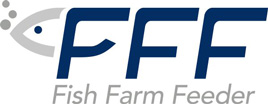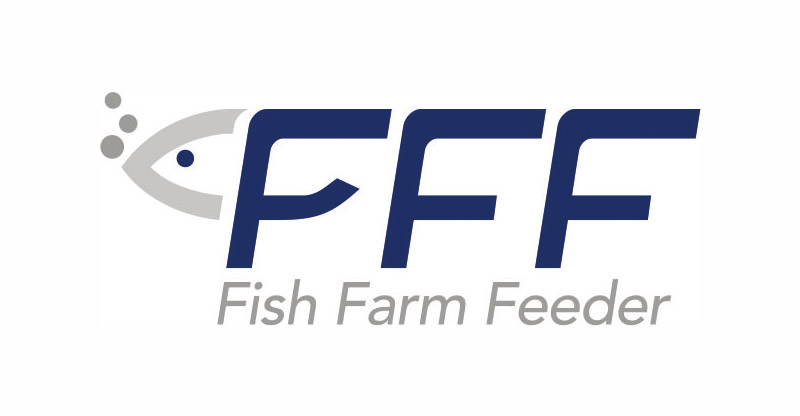Just as a tailor needs measurements to be able to sew a suit or dress according to a silhouette, in the case of automated feeders for aquaculture the manufacturer needs to know the feeding requirements for a particular fish farm. Only this way it is possible to adapt the machine to the needs of the specific farm and guarantee an optimal feed supply for fish.
It also has an impact on the environment. The customized feeder is made of components that respect the exact feeding needs, so in comparison to general automated feeders it could reduce the carbon footprint.
What Data are Needed to Design a Made-To-Order Feeder?
There are several elements that influence the design among which belong:
» Number of tanks in feed line
The number of tanks influences the number of outlets of the feeder’s selector. In the case of FishFarmFeeder (FFF) for each tank exists one outlet in the selector. This way the dose can be modified individually for each tank and supply the desired quantity respecting the needs and growth of fish.
Apart of that FFF feeders that allow feeding without respecting a continuous line of outlets. Thanks to the matrix style of selector, designed and patented by FFF, the programming of the feeding plan can be done in any order of the outlets, according to the requirements of the fish farm.
» Minimum and maximum feed consumption per tank and day
Knowing the amount of feed that is required to deliver to tank in a day helps to size the components of a feeder.
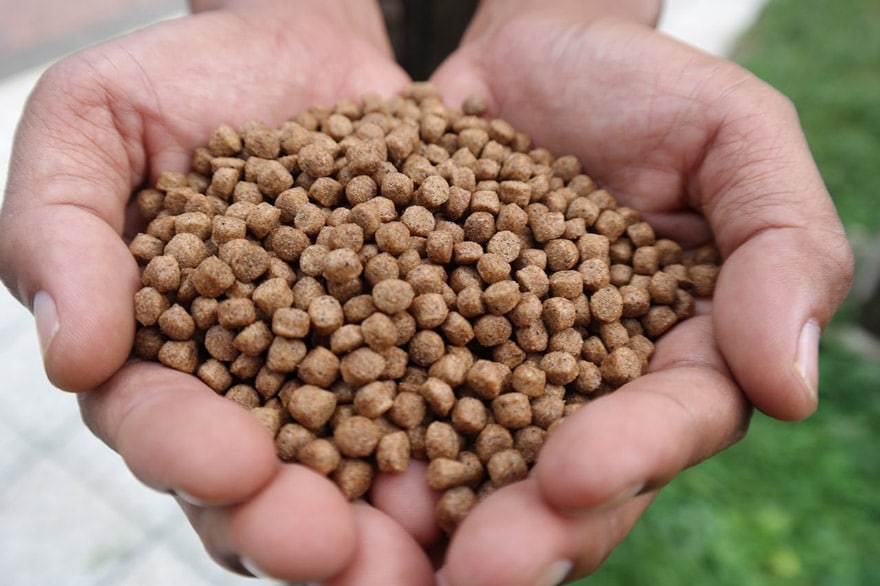
» Number of hours the fish eats daily
Depending on the type of species and the phase of the fish life cycle, the hours in which a fish eats vary throughout a day. Therefore, this parameter, in combination with other data, helps to define the number of feeders that will be necessary to meet the feeding requirements.
» Number of times the fish should eat per day
Data that indicates the maximum number of doses to distribute the feed in a day. In the case of FFF feeders, the doses can be of different sizes, as they can be customized in the FFF’s software.
» Minimum and maximum pellet size
As a fish grows the size of the pellets increases. That’s why it is impossible to have just one automated feeder for all stages of fish growth.
Thus, knowing the variety of pellets planned for a farm, it helps to define how many automated feeding systems are necessary for fulfilling the fish farm needs.
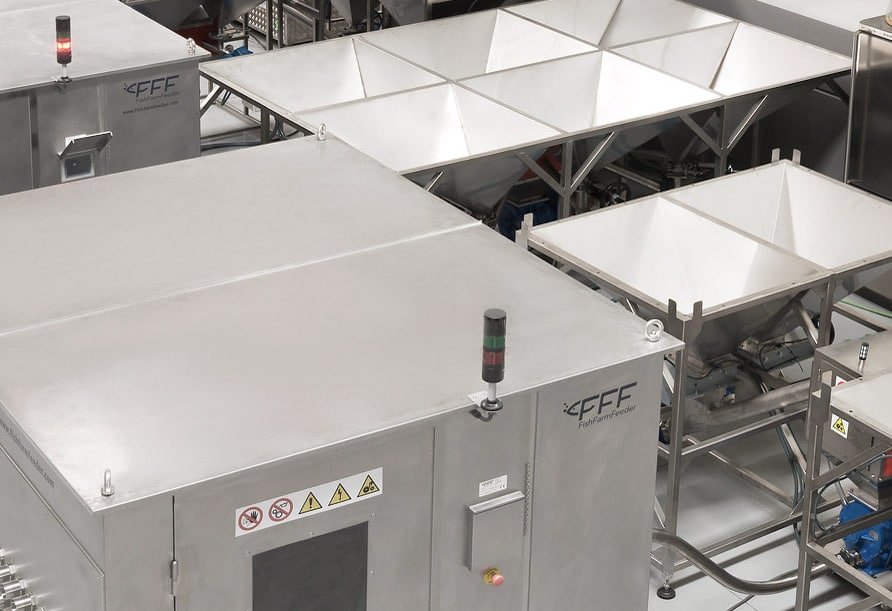
» Number of silos
For calculating the space that a feeder will occupy together with the silos in a fish farm, it is important to know the number of silos that you want to use.
The number and size of silos depend on the number of pellet size types to be used, on the farm’s surface limitations and for how may days the feed should be deposit.
» Maximum daily feed consumption
By knowing the maximum amount of daily feed requirements, we will be able to propose the volume of silos.
» Fish Species
Indicating the type of fish or shrimp species allows to estimate basic feeding data.
» Estimated annual production
This information helps to know the maximum volume of fish production and to reflect the feed demand when designing the automated systems, taking into account that it is calculated on an estimated aquaculture production.
» Distance from feeder to the furthest tank
Knowing this data, it allows us to calculate the time that the feed will need to travel from the feeder location to the last tank and so know the dose limit that can be supplied per day.
If the farm is in its design phase or before its construction, knowing this information can prevent an incorrect location of the feeder and modify its placement to optimize the supply of feed applying adequate feeding frequencies.
» Fresh or saltwater installation
The type of species of fresh or saltwater provides data to define the material from which the automated feeding system is manufactured.
Benefits of a Customized Automatic Feeder for Aquaculture
After indicating the key elements that help to design a personalized feeder, a question that may arise is knowing the advantages of having a made-to-order feeder over a standard feeder.
An obvious argument is that a customized feeder meets better the needs of a particular farm, dramatically reducing reliance on manual feeding and optimizing parameters such as FCR and SGR.
In addition, an automated feeder is managed by a software that controls feeding plans. In the case of FFF it also storages the previous feeding data and thus guarantees the traceability.
Is a Customized Automated Feeder More Expensive?
It is true that an individual feeder is less expensive. However, centralized feeders used in an intensive fish farming, with recurrent feeding requirements, pay off the investment.
In FFF the investment is always viewed from the customer’s perspective. Therefore, a customized centralized feeder is only recommended if the investment return is expected in approximately 3 years.
